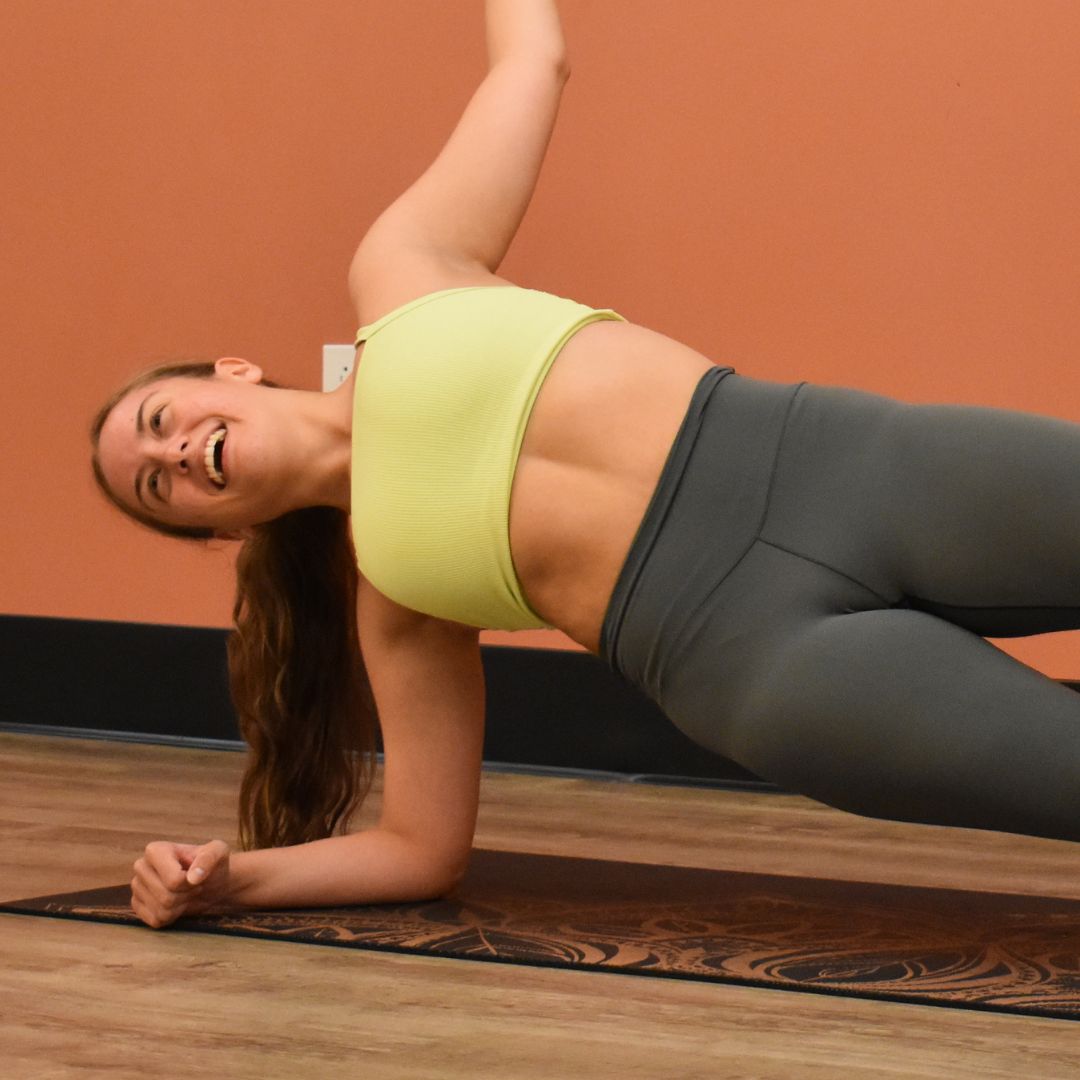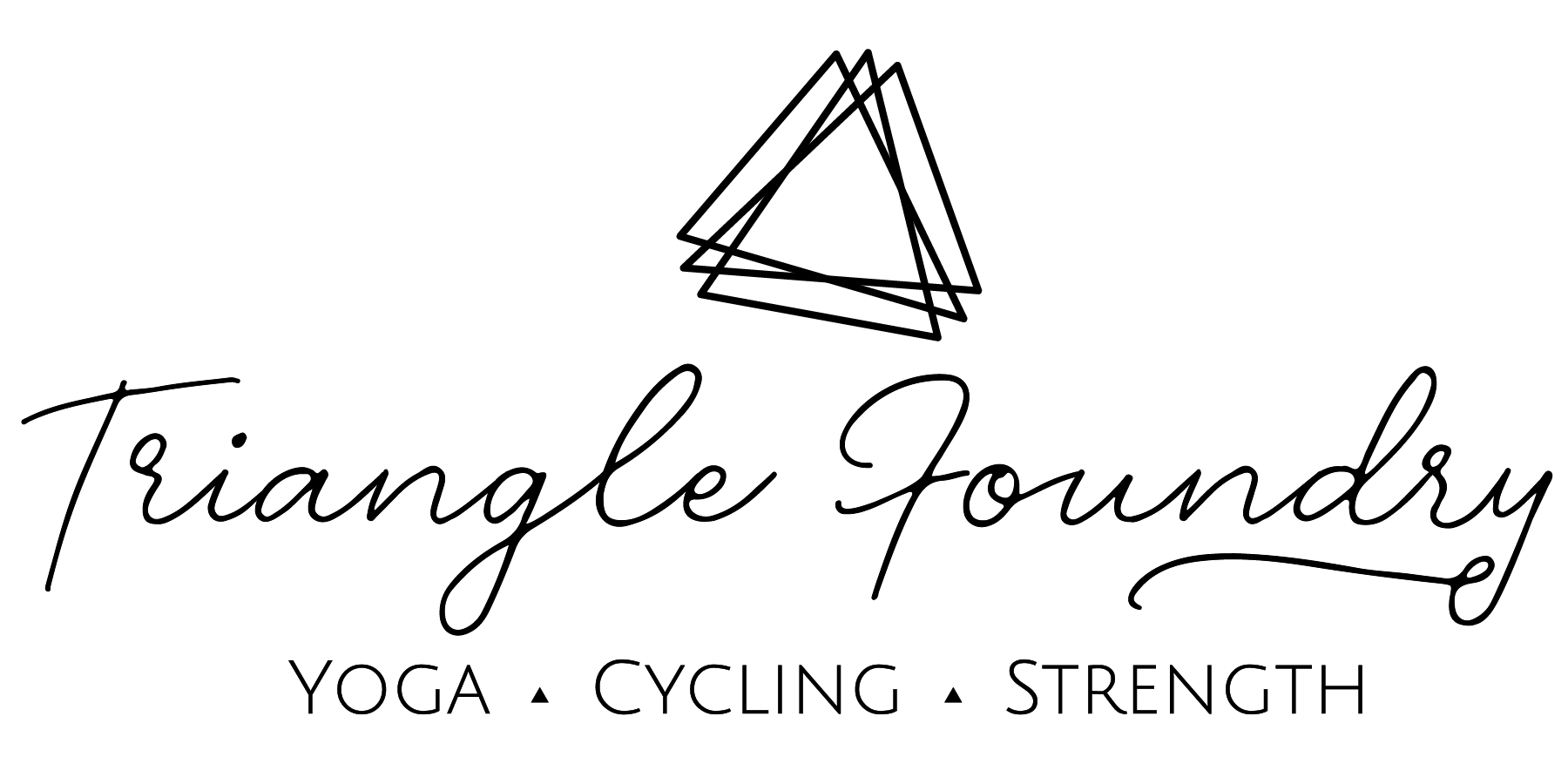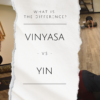Start creating changes in your body with Triangle Foundry cycling, strength, and yoga classes today!
Fast and slow twitch muscles: what are they and why does it matter?

Muscle it muscle right? Right, but muscle is also a complex human structure made of fibers. Let's dive into what each of these fibers is used for and why it matters that we know the difference when working on creating change in our body through movement.
There are two types of muscle fibers: slow-twitch (type 1) and fast-twitch (type 2).
Slow-twitch Muscle Fibers
Slow-twitch muscle fibers support endurance activities like distance running, distance cycling, or distance swimming. These structures are small but powerful because they don't fatigue quickly. However, they also contract slowly, which doesn't help us when working with heavy loads. These muscle fibers work best with light or low weight loads. These muscle fibers are the first to activate when a muscle contracts.
Fast-twitch Muscle Fibers
Fast-twitch muscle fibers support quick, powerful movements such as lifting, jumping, or sprinting. These fibers are large structures and very powerful when dealing with a heavy load. They contract quickly but are also quick to fatigue.
All muscles are a combination of slow and fast twitch muscle fibers. There's actually two more types of muscle fibers that are a combination of slow and fast, but we'll stick to the two main types in today's exploration.
Through movement and exercise, you can change the ratio of fast and slow twitch muscle fibers in your body. If you focus on endurance activities such as distance cycling or running, your body will change some of your fast-twitch muscles into slow-twitch muscles, which will affect the ratio in your body. Your body recognizes that it needs more slow-twitch muscles to support an activity it is frequently completing. If you mostly strength training with higher weight, your body will transform from slow-twitch muscles into fast-twitch to support this frequent activity.
Why does it matter?
Depending on your goals, knowing which muscle fibers you'd like to focus on can help you achieve your goals more efficiently.
For example, if you are training for a marathon, you want to improve your slow-twitch muscle fibers. You can do this by endurance distance exercises such as running, cycling, and swimming. But you can also work on these muscle fibers through high rep, low weight strength training. So if you're heading into a strength training class, grab lower weights and move at a faster repetition speed (or sneak in more reps than the rest of the class).
If you want to focus on creating power in order to lift heavy objects in your day to day life (carrying multiple children around or lifting patients at your healthcare job), you may want to focus more on fast-twitch muscle training. You can do this by grabbing your maximum weight load for strength training, keeping a heavy resistance on in a cycling class, sprinting, and jumping.
As with any muscle change, don't expect results overnight. It takes time to make muscle changes in your body. With consistency and a little bit of knowledge, you can create changes that will help you live your life to the fullest.






